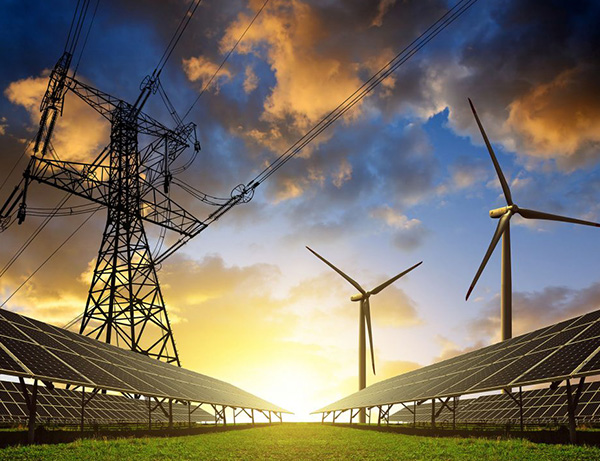
Winter SRP electric bills in the United States have become a significant financial burden for the middle class, consuming a substantial portion of their monthly income. As temperatures plummet during the colder months, the demand for heating increases, leading to a spike in energy consumption. This surge in usage directly translates to higher energy bills, straining the budgets of many American families.
The middle class, often considered the backbone of the American economy, is particularly vulnerable to these increased costs. Unlike wealthier households, they have less disposable income to absorb the spike in utility bills, yet they earn too much to qualify for most government energy assistance programs. This squeeze can force tough choices between essential needs, such as heating, and other critical expenses like healthcare, education, or even groceries.
Several factors contribute to the rise in winter electric bills. Firstly, the aging infrastructure of many homes means they are not energy-efficient. Insufficient insulation, drafty windows, and outdated heating systems can lead to significant heat loss, requiring more energy to maintain a comfortable temperature. Additionally, the rising cost of electricity due to various economic factors, including fuel prices and increased demand, also plays a role.
The impact of these higher bills is multifaceted. Financial stress can lead to physical and mental health issues. Families may resort to unsafe practices, such as using ovens for heat or turning down thermostats to dangerously low temperatures, to cut costs. Moreover, this financial strain can widen the gap between the different socioeconomic classes in the U.S., exacerbating inequality.
In response to this challenge, there are several strategies that households can adopt to mitigate the impact of high winter electric bills. One approach is improving home energy efficiency. This can include relatively simple steps like sealing windows and doors to prevent drafts, adding insulation, or using programmable thermostats to better control heating costs. In the longer term, investing in more energy-efficient appliances and heating systems can lead to significant savings.
Another strategy is seeking out assistance programs. Various federal, state, and local programs offer financial aid or rebates for energy-efficient home improvements. These programs can be particularly beneficial for middle-class families who struggle with the costs but typically do not qualify for low-income assistance.
Furthermore, consumer education plays a crucial role. Many families may not be aware of the ways they can reduce their energy consumption and lower their bills. Public awareness campaigns and educational programs can help disseminate information about energy-saving techniques and available assistance programs.
Finally, there’s a need for broader policy initiatives. Advocating for policies that support the development of renewable energy sources can lead to lower energy costs in the long run. Similarly, policies that promote the construction and renovation of energy-efficient homes can have a lasting impact on reducing the energy burden on middle-class families.
Finally, the high cost of winter SRP electric bills in the United States poses a significant challenge for the middle class. While there are immediate steps that families can take to reduce their energy consumption and manage these costs, there is also a need for broader, systemic changes. By improving energy efficiency, increasing awareness, and advocating for supportive policies, it is possible to alleviate the financial burden of winter electric bills on the American middle class.







